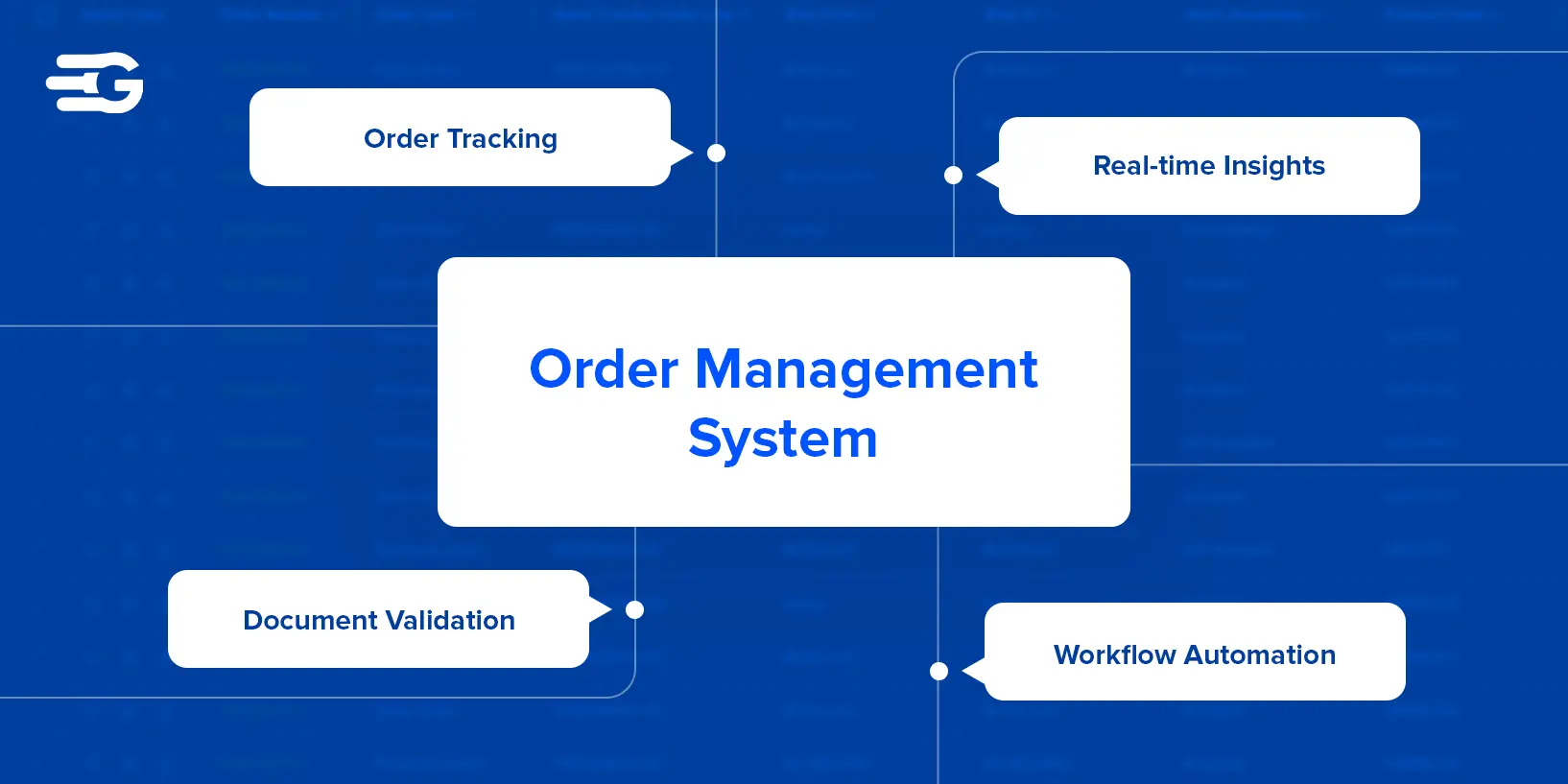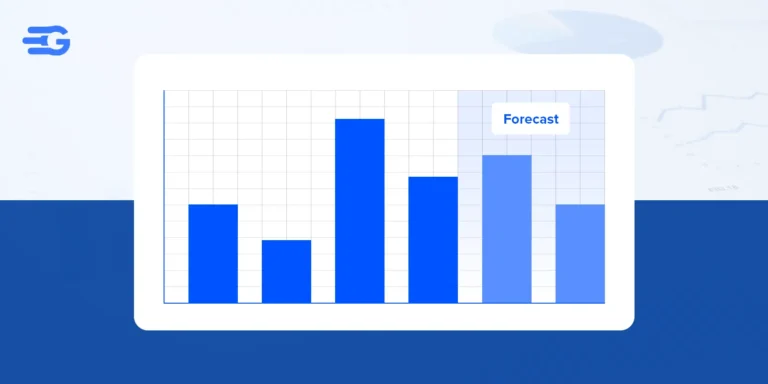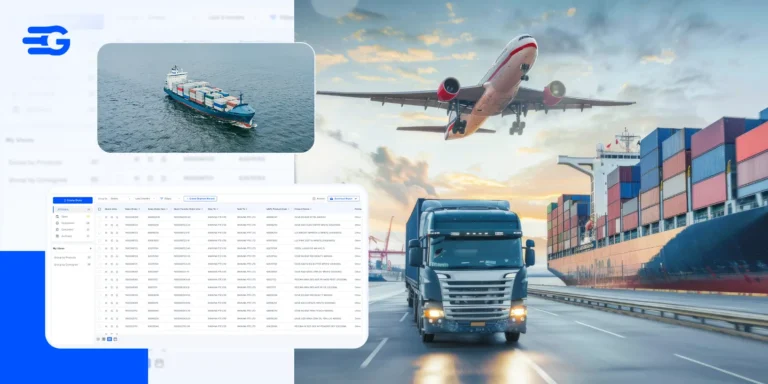What Is Order Management System (OMS)?
In today’s fast-paced and increasingly complex supply chain landscape, companies must manage a multitude of orders across suppliers, shipping modes, warehouses, and customer locations. Fulfilling these orders quickly, accurately, and cost-effectively has become a significant challenge.
An Order Management System (OMS) addresses these challenges by providing a centralized platform that offers full visibility and control over the entire order lifecycle—from order creation to final delivery.
Let’s explore what is Order Management System, the challenges it helps solve, and how intelligent platforms like GoComet’s OMS are setting a new standard in order lifecycle management.
The Challenge: Why Traditional Order Management Falls Short
Many businesses continue to operate with disconnected systems that fail to provide a complete picture of the order lifecycle. This lack of integration and visibility often leads to delays, inaccuracies, and costly inefficiencies.
1. Tracking Partial and Multileg Shipments
A single purchase order may be fulfilled in multiple batches or across different transportation modes. Tracking each leg independently without a unified system leads to confusion and missed milestones.
2. Fragmented Systems and Manual Processes
Orders often originate in ERP systems, but tracking happens elsewhere—sometimes in spreadsheets, sometimes through emails. This fragmented structure leads to:
- Incomplete updates
- High reliance on manual follow-ups
- Inconsistent data across departments
3. Complex Supplier and Customer Requirements
Managing orders with varying Incoterms, shipping points, and consignees adds layers of complexity. A single order may appear simple on paper but involves multiple stakeholders with different expectations and formats.
4. Inconsistent Progress Tracking
Without a standardized process, order tracking relies on scattered documents, missed updates, and delayed communication. Teams struggle to maintain visibility and respond proactively.
According to industry research:
Inefficient order planning can increase operational costs by up to 20%. Misalignment between systems and stakeholders can cost companies as much as 5% of their revenue due to stockouts and missed sales.
The Role of an Order Management System (OMS)
An OMS acts as a single source of truth for the entire order lifecycle. It integrates data from different systems, automates key workflows, and ensures every stakeholder sees the same accurate information in real time.
Key Capabilities of a Modern OMS
Centralized Platform
A well-integrated OMS eliminates data silos by syncing all order information across departments and systems into one centralized view.
Real-Time Visibility
From the moment an order is created to its final delivery, the OMS tracks every stage. This helps companies detect potential delays early and take corrective action proactively.
Epicor reports that 55% of companies prioritize improving supply chain visibility to reduce the impact of disruptions. Real-time order tracking plays a crucial role in achieving this.
Intelligent Workflows
An OMS supports workflows that adapt to real-world complexity—such as managing partial shipments, multimodal transport, or staggered vendor dispatches. Sub-workflows are automatically created for split orders or delayed milestones.
Document and Data Validation
By leveraging AI, the OMS can validate documents against master data, automatically update milestone completion status, and notify relevant stakeholders of discrepancies in real time.
GoComet’s OMS: A Unified and Intelligent Approach
GoComet’s Order Management System is designed to address the most pressing issues in order fulfillment. It delivers a comprehensive, API-integrated platform that centralizes information, automates updates, and enhances collaboration across the supply chain.
Unified Order Registry
GoComet uses APIs to capture data from ERPs, TMS platforms, and supplier systems. All order-related data is aggregated into a single, unified view—eliminating data duplication and inconsistencies.
Real-Time Aggregation
Every stakeholder receives automatic updates across systems. This ensures transparency and eliminates the version control issues that often arise with manual updates.
Multi-Shipment Support
The platform can track multiple shipments under a single order, showing both individual leg updates and overall order fulfillment status—whether partial or complete.
Configurable Tracking Views
Users can filter and monitor data at different levels:
- SKU Level: Crucial for inventory and warehouse planning
- Order Level: Ideal for logistics and procurement teams
- Document Grouping: Useful for finance teams to compare invoices, POs, and packing lists
Visual Workflow Management
Each order follows an automated workflow that includes key milestones such as:
- Order creation
- Vendor confirmation
- Partial dispatch
- Final dispatch
Sub-workflows are generated automatically for any split shipments or staggered deliveries.
Progress Monitoring
The system includes automated progress bars and status indicators, eliminating the need for manual input. Each update is triggered by system integrations or pre-validated user inputs.
Intelligent Document and Data Validation
GoComet’s OMS includes a sophisticated AI-based document validation engine that automates checks and reduces compliance risk.
Validation Workflow
- Matches documents like invoices against five master documents (PO, packing list, delivery challan, bill of lading, etc.)
- Uses generative AI to detect mismatches
- Sends alerts in case of discrepancies
- Automatically completes milestones upon successful validation
This ensures all paperwork is accurate, up-to-date, and in compliance before shipping proceeds—significantly reducing the risk of financial penalties or customs delays.
Business Impact and Measurable ROI
Companies using GoComet’s OMS report significant operational improvements. Key results include:
Improved Fulfillment and Efficiency
- 30% increase in on-time order fulfillment
- 25% improvement in planning efficiency
- 25% boost in overall order reliability
Reduced Operational Costs
- 62% reduction in manual effort
- 30% decrease in excess inventory holding costs
- Near elimination of penalties from documentation errors
Enhanced Customer Satisfaction
Faster, more reliable order fulfillment means customers receive accurate updates and timely deliveries—leading to stronger relationships and repeat business.
A Real-World Example
Before GoComet’s OMS, a large enterprise was tracking hundreds of purchase orders manually. Shipments were often split, and updates were delayed or inconsistent. Departments operated in silos, leading to miscommunication and late deliveries.
After implementing GoComet:
- All teams accessed the same real-time dashboard
- Each shipment milestone was tracked and verified automatically
- Stakeholders were alerted proactively to any delays or document errors
The result was faster fulfillment cycles, reduced manual labor, and a 30% reduction in inventory overhead—leading to measurable gains in both revenue and customer trust.
Conclusion
As global supply chains become more complex and customer expectations continue to rise, having a robust Order Management System is no longer optional—it’s essential.
An OMS provides the real-time insights, automated workflows, and centralized visibility needed to streamline fulfillment and reduce operational risk. Solutions like GoComet’s OMS go even further by integrating intelligent document validation and workflow customization, transforming how companies manage their end-to-end order process.
In an era where every minute counts and every customer interaction matters, investing in a smart, scalable OMS is one of the most strategic decisions a business can make.






